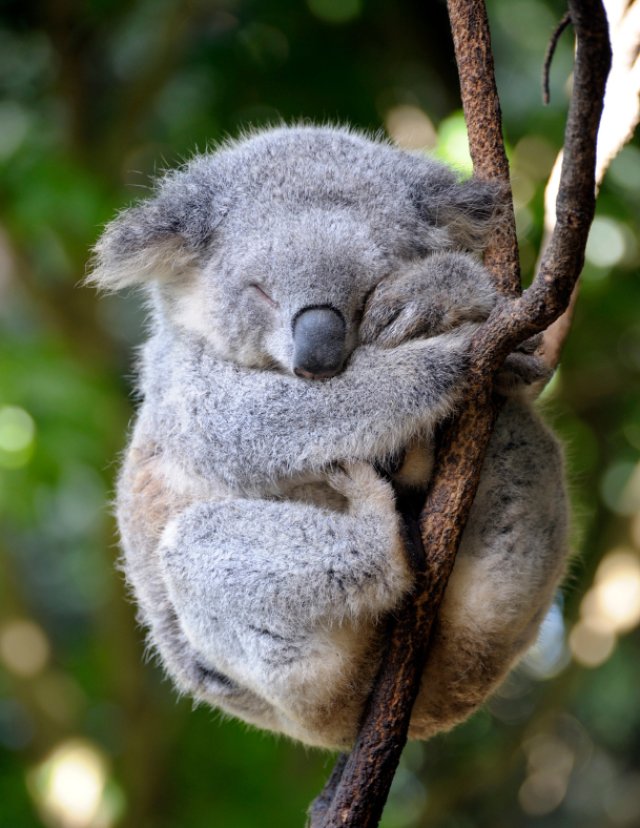
A north-west NSW food bowl is under threat from a proposed open-cut coalmine that was approved by the state government. But a legal challenge by the Environmental Defenders Office (EDO) is using the local koala population to put a stop to it.
The proposed Watermark coalmine project in the Liverpool Plains of NSW would produce up to 10 million tonnes of coal a year for 30 years, the project’s owner Shenhua Australia Holdings said.
The Planning Assessment Commission (PAC) approved the mine project in January. But the approvals process was stopped in March after local farmers and state and federal MPs raised concerns over the agricultural and water impacts of an open-cut coalmine. Federal environment minister Greg Hunt referred the project to the Independent Expert Scientific Panel.
But local group Upper Mooki Landcare (UML) has taken Shenhua and PAC to the Land and Environment Court to argue that the approval of the mine failed to comply with threatened species requirements.
UML chairperson Nicky Chirlian said the Watermark mine, in addition to threatening fertile land and water, would leave at least 262 koalas homeless and clear 800 hectares of koala habitat.
She told Lock the Gate Alliance when the legal challenge was announced: "The approval of the Shenhua Watermark coalmine on some of the best food-producing land in Australia has devastated our community.
"The NSW government has given the green light for Shenhua Watermark to dig three vast open-cut coal pits in the Mooki River Catchment.
"As a landcare group we are committed to promote the protection and conservation of the environment. This decision makes a complete mockery of the efforts of groups like ours and ignores the incredible environmental significance of our region.”
EDO NSW principal solicitor Sue Higginson told The Land that Shenhua’s estimates of the koala population in the region were overblown and the state government did not determine whether a viable population would be put at risk of extinction.
“The assessment of the impacts on koalas was inadequate,” she said.
Lock the Gate said the mine would have impacts on the region’s water resources for centuries. Located near one of the “most productive and important groundwater aquifers in NSW – the Upper Namoi Alluvial Aquifer”, the open-cut mine will “leave behind a 100 hectare final void. This gaping, un-rehabilitated hole will draw groundwater for two millennia after mining ceases, reaching salt levels equivalent to seawater after 400 years”.
“The mine will cause increased salinity due to overflow of water storages, seepage from open-cut pits, connectivity between aquifers and land-clearing.”
Like the article? Subscribe to Green Left now! You can also like us on Facebook and follow us on Twitter.